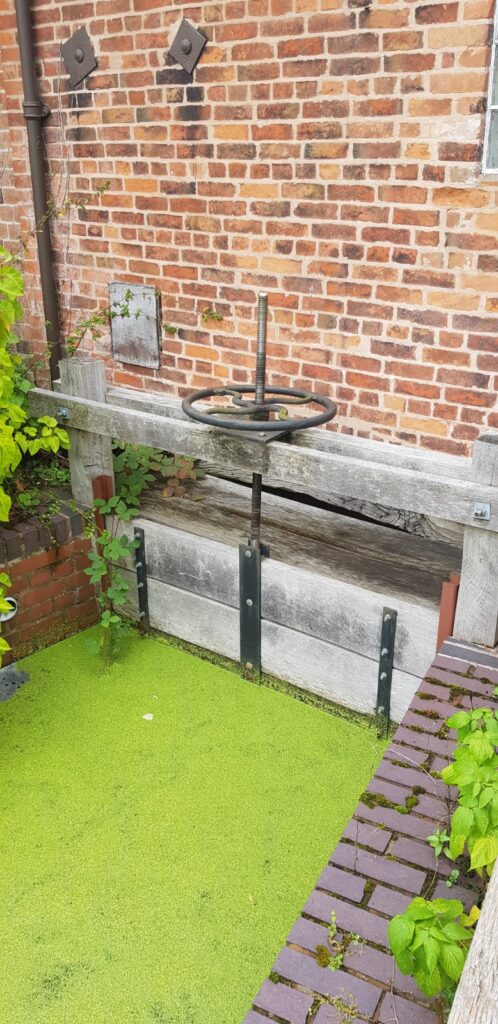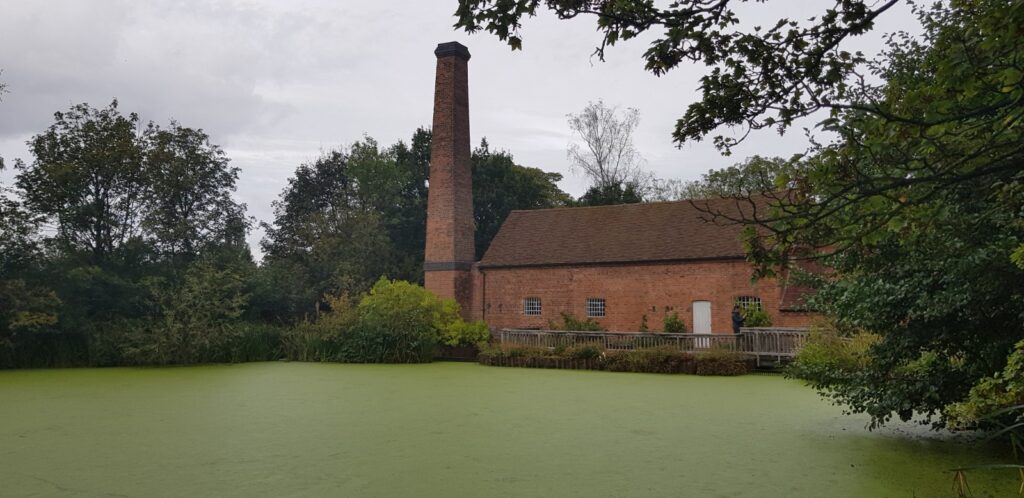It was after watching the 2019 film ‘Tolkien’ that I learned about JRR Tolkien’s connections with Sarehole Mill in south Birmingham. This mill was the very place where Tolkien would frequent between the ages of four and eight when his family lived in a respectable, if not somewhat affluent, suburb of Birmingham – close to the town of Solihull. The mill is now maintained by a core of volunteers with support from the City of Birmingham who owns the site.
The present mill dates from around 1771 and was in use throughout the active years of the Industrial Revolution and was used for a while by none other than Mathew Boulton, one of the leading protagonists of the Industrial Revolution who would team up with James Watt in the refinement and marketing of Watt’s revolutionary steam engines. Another key activity of Boulton was the minting of coins. The mill housed two independent working water channels both fed by waters from the mill pond filled by the nearby river. The mill was often used to grind down commercial commodities such as bones and metals rather than find exclusive use to grind cereal crops. During the height of the Industrial Revolution, however, employment in such mills could be fraught with danger. This was account of the high levels of toxic dust often produced during the milling process. In addition, there was the risk that the mill wheels would overheat due to the level of friction between them and cause a fire.
Sarehole Mill fell into disuse following the end if its working life around 1919 and at one stage was close to being demolished. Fortunately there was enough interest locally in preserving the mill which was re-opened in 1969. Further subsequent conservation work included repair of the sluice gates and dredging of the mill pond. In addition the fabric of the mill itself had been repaired in order for the mill machinery to be able to grind cereal. It was around this time that the writings of JRR Tolkien were meeting with wider interest. A key element of this restoration process was the formation of the a volunteer group to allow the building to function as a museum. Efforts are made by the volunteers to maintain one operating mill and to grind wheat for subsequent on-site baking of bread.
While not familiar in detail with the timeline of JRR Tolkien, the story line of the recent film was observed without the benefit of checking for historical accuracy. It is interesting to recall that when asked about the film, one of the volunteers at Sarehole Mill described how a fellow volunteer had walked out in protest during its viewing in a cinema. The same volunteer also commented that no contact was made with the mill regarding possible use of the location in making of the film.
A visit to the mill is certainly worthwhile. Parking on site is limited but adjacent on-street parking is available. The mill is also a reminder of the dependence of society on sources of energy and how the wrong choices to provide such energy can ultimately prove a threat to that very society – although this message is being received and understood rather late in the day.

